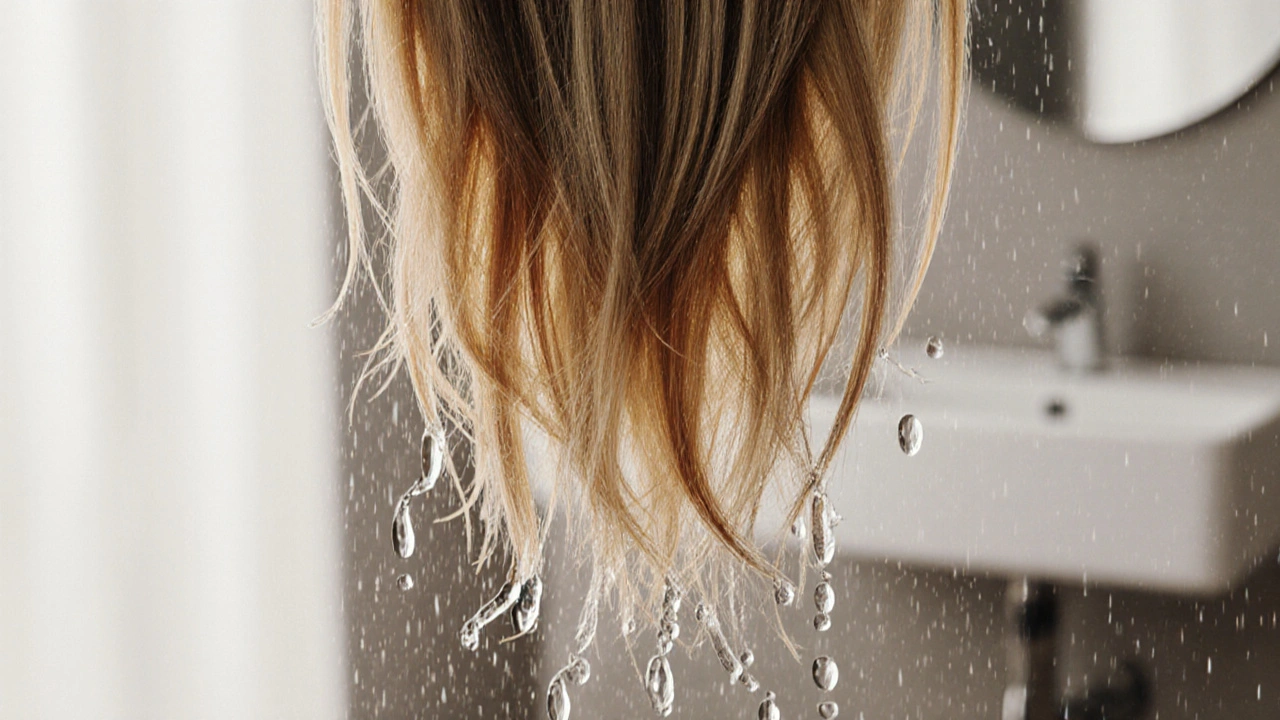When you have thin hair, finding hair extensions that don’t pull, slip, or make your scalp look bare is tough. But hair extensions for thin hair, specifically designed to add volume without weight or stress on fine strands. Also known as lightweight extensions, they’re not just about length—they’re about restoring confidence without sacrificing health. The wrong kind can rip out your natural hair, cause breakage, or look obvious. The right kind? It blends like magic, feels weightless, and lasts for months.
Not all extensions are made the same. Halo extensions, a single strand of hair attached to a thin, invisible wire that sits on top of your head. Also known as crown extensions, they’re ideal for thin hair because they distribute weight evenly and require no bonding or sewing. Then there’s clip-in extensions, removable pieces with tiny clips that attach to your natural hair. Also known as temporary extensions, they’re perfect if you want to try extensions without commitment—or if your hair is too fine for glue or tape. Tape-ins and micro-rings? They can work, but only if your hair is thick enough to hold them. For thin hair, they often pull too hard or leave gaps. And cheap synthetic ones? They tangle, look fake, and melt under heat. Stick to 100% human Remy hair—it’s the only kind that behaves like your own hair.
It’s not just about what you buy—it’s about how you wear it. Sleeping with extensions? Braiding them helps. Washing them too often? That’s a mistake. Using the wrong brush? You’ll pull out strands. The key is gentle care: use sulfate-free shampoo, brush from the ends up, and never sleep with wet extensions. And if your hair is already fragile, skip the heat. Flat irons and curling wands can dry out both your hair and the extensions. Hot Head or Bellami hair? Those are solid choices—they’re made to handle daily life without frizz or shedding.
People with thin hair don’t need more volume—they need smart volume. That means choosing extensions that don’t demand more from your scalp than it can give. You don’t need a full head of extensions to look fuller. Sometimes, just a few strategic pieces around the crown or temples make all the difference. And if you’ve tried extensions before and they fell out or looked obvious? You probably picked the wrong type—or didn’t get them installed right.
Below, you’ll find real advice from people who’ve been there: how to pick the right color, how to make clip-ins stay all day, how to care for them without spending hours in the salon, and which brands actually work for fine hair. No fluff. No hype. Just what helps—and what doesn’t.

Hair extensions don't get thicker after washing-what changes is the buildup that made them look full. Learn how to care for them properly to get natural, lasting volume with thin hair.